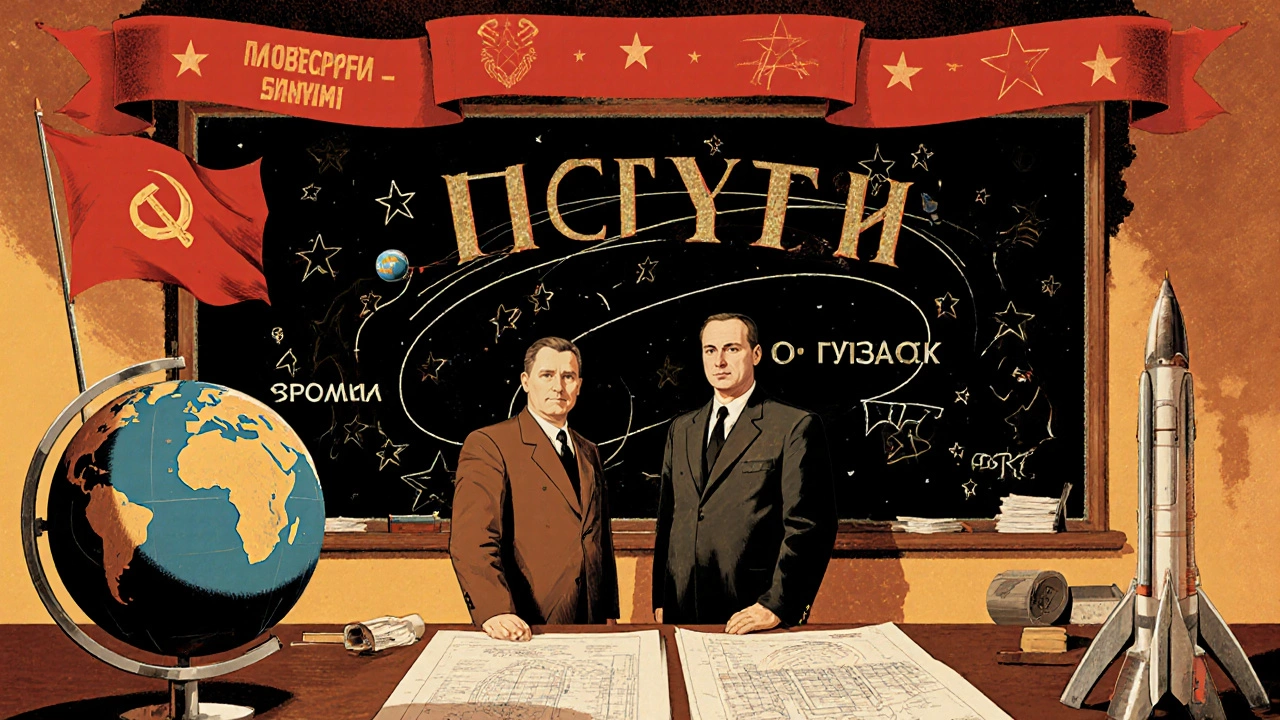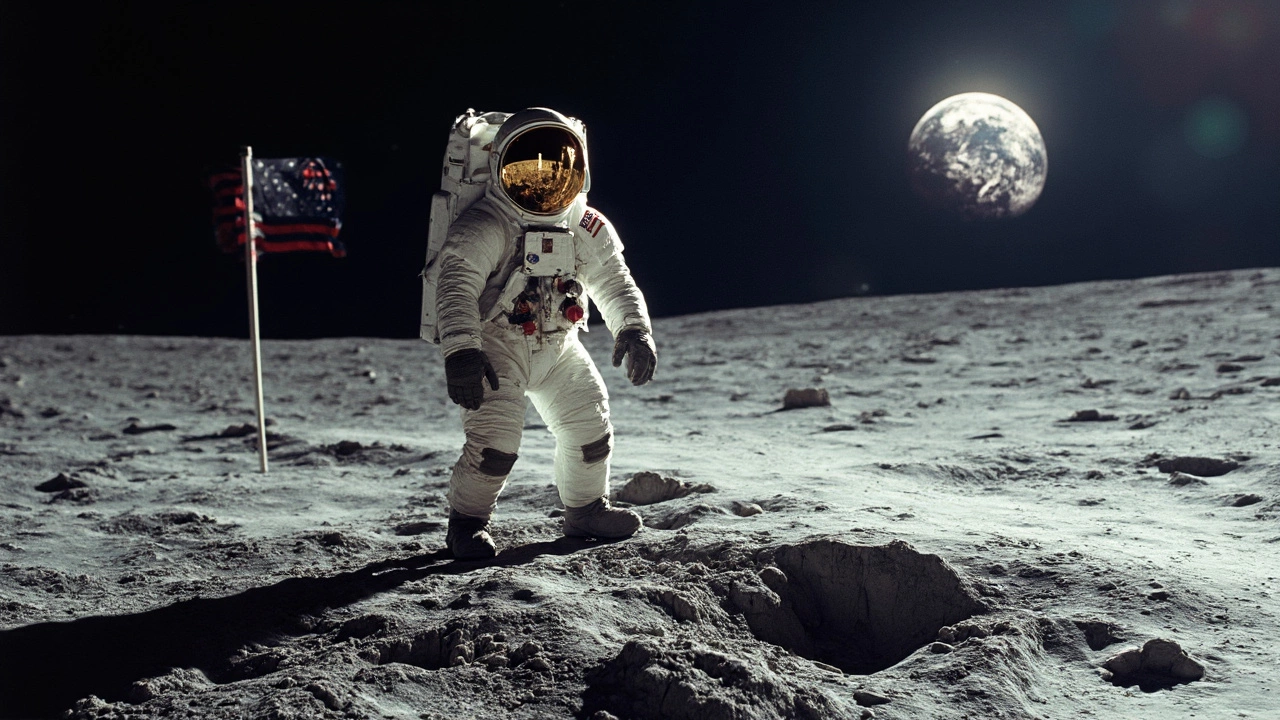Space Exploration: Missions, Myths, and the Future of Human Travel Beyond Earth
When we talk about space exploration, the effort to investigate and understand the universe beyond Earth using technology and human ingenuity. Also known as astronautics, it’s not just about rockets and flags—it’s about who gets to go, why they go, and what we learn when they get there. From the first human in orbit to the next mission to the Moon, space exploration has always been as much about identity and history as it is about science.
Cosmonaut, the term used for Russian and Soviet space travelers, rooted in the Cold War space race isn’t just a fancy word—it’s a political and cultural label that still matters today. Meanwhile, astronaut, the term used by NASA and other Western space agencies, carries its own legacy. And then there’s taikonaut, China’s term for its space travelers, showing how space is becoming a global stage, not just a U.S.-Russia rivalry. These aren’t just names—they reflect who controls the technology, who gets to be first, and who gets remembered.
Why does it matter that no woman has walked on the Moon yet? Or that no Black astronaut has set foot there? These aren’t just gaps in history—they’re gaps in representation. The Apollo missions were groundbreaking, but they were also products of their time: male-dominated, racially limited, and shaped by Cold War politics. Today’s space agencies are changing that. NASA’s Artemis program isn’t just about returning to the Moon—it’s about making sure the next person to step onto lunar soil isn’t just another white man. And that shift? It’s not symbolic. It’s necessary. The future of space exploration depends on who’s at the table, not just who’s in the spacecraft.
How much does it cost to get there? Why does it take billions to send a few people? These aren’t just budget questions—they’re about access. Right now, space is still a playground for governments and billionaires. But as launch costs drop and new players enter the game, that’s changing. The same tech that lets a tourist pay $50 million for a ride to orbit could one day let a teacher from a small town in India see Earth from space. That’s the real promise of space exploration—not just reaching farther, but letting more people go.
What you’ll find below isn’t just a list of articles. It’s a collection of truths, myths, and turning points. You’ll read about who actually took that first step on the Moon, why the term "cosmonaut" still exists, and what it means that no woman has walked on the lunar surface yet. You’ll see the numbers behind the cost of space travel and the science behind whether space is truly endless. These stories aren’t just about rockets and orbits—they’re about people, power, and who gets to write the next chapter.
Explore why Russia calls its space travelers "cosmonauts", the history behind the term, key missions, and how it differs from astronaut and taikonaut.
Dive into the gripping history of the first moon landing, discover who set foot first, and learn surprising facts about the Apollo 11 mission.
This article dives into the real story of who first stepped on the moon, clearing up common myths and revealing key facts about the Apollo 11 mission. Learn what it took to get humans to the lunar surface, what went on behind the scenes, and what the astronauts actually experienced. Get practical info on how the mission worked and why it mattered. You’ll even find out about some lesser-known moments and tips on spotting fake moon landing claims. If you’ve ever wondered what it was actually like to take that first step, this article has you covered.
Many people wonder if a Black man has ever set foot on the Moon. This article breaks down the real story behind who has actually been on the lunar surface. It also spotlights the contributions of Black astronauts and explains why their stories matter in the world of space travel. Explore the facts, common misconceptions, and what's next in space missions. Get ready for a straight answer—and why it matters for the future.
Women have made significant strides in space exploration, yet none have walked on the moon. The moon-walking era began in the 1960s, a time dominated by male astronauts, but the future looks promising. Upcoming missions aim at rectifying this historical oversight by preparing teams that include women. As technology advances, so does the possibility of seeing female astronauts take those legendary steps.
Space exploration is a thrilling endeavor that pushes the boundaries of human capabilities and knowledge. There are four main types, each with unique goals and challenges. From human spaceflight to robotic exploration, space telescopes, and planetary exploration, each type plays a critical role in expanding our understanding of the universe. Dive into the journey from Earth to the furthest reaches of space and discover what makes each type of exploration unique.
The vastness of space often leads us to question if it is without limits. This article explores the concept of infinity in space, delving into the structure of the universe, examining current scientific theories, and understanding the potential for boundaries. We'll discuss what these ideas mean for humanity's quest to explore beyond our planet, revealing the paradoxes and possibilities that space holds.
Discover the ins and outs of space travel costs, from what commercial space tourists pay to how expenses break down for professional astronauts. We'll explore why reaching the stars comes with such a hefty price tag and what the future might hold for making space travel more affordable. Learn about the factors influencing these costs and get tips on space-saving opportunities. This guide will provide a comprehensive look into the wallet-breaking expense of venturing beyond Earth's atmosphere.











